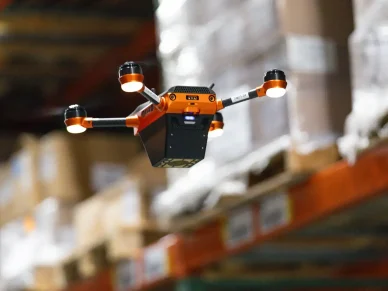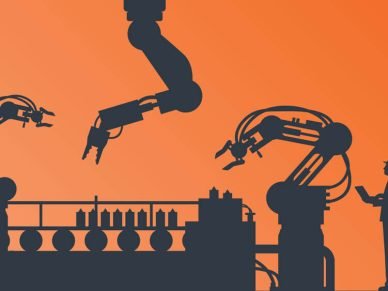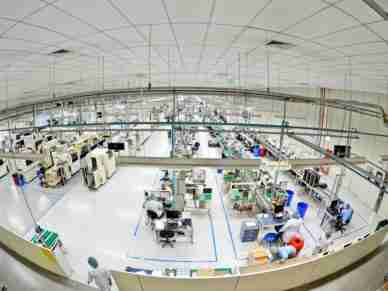An entrepreneur’s perspective about how entrepreneurs can react to President Donald Trump’s shifting policies.

by Gage Skidmore
Entering 2017 means a Trump presidency is right around the corner. Leadership has changed from the steady hand of President Barack Obama to the uncertainty of the unknown in President Donald Trump.
Irrespective of your opinion on his policies, President-Elect Trump will bring change.
He will generate a whole new set of winners and losers in business. Fortune 1000 companies fear their future as Trump is titled the ‘main enterprise risk’ facing businesses in 2017.
Entrepreneurs, on the other hand, wait patiently, anticipating what future policies will hurt the large players and create opportunities for new businesses.
Currently, tech entrepreneurship hubs are found in the very democratic strongholds of California, New York, and Massachusetts. In fact, the map of economic growth and recovery shows that fifty percent of job growth in the 2010s accrued to only 2 percent of U.S. counties.
There is no doubt Trump’s promise to create 25 million jobs increased his popularity. For entrepreneurs, his presidency raises potential for broad-based entrepreneurship, not limited to geography or political stripe. 
Uncertainty favors those that are lean and agile. Simultaneously, uncertainty punishes incumbent players with costly infrastructure, barriers and/or investments that enforce the status quo. Economist Frank Knight, in his seminal work, Risk, Uncertainty, and Profit, has successfully argued uncertainty gives rise to economic profit. He explains that in generating profit, entrepreneurs act in anticipation of future events to generate profits through risk.
There are two types of risk: insurable and uninsurable risk.
Insurance is popularly understood as a mitigation strategy to risk. Events such as presidential policy, however, are uninsurable. It’s up to entrepreneurs to pursue opportunities within the insurable and uninsurable business gap. This is achieved by creating innovations that handle uncertainty caused by the actions and policies of the incoming administration.
For those who are not economists, this makes intuitive sense. Whether it be a new immigration, economic, or fiscal policy, the effect is an economic cost to businesses and the public. Products and services that mitigate the economic cost or reduce the operating risks of new policies are guaranteed to derive profits.
As an investor and entrepreneur, I look for the losers of policy change. There is nothing more visceral than loss aversion because there is a human need to minimize losses, even if that means investing heavily. If game theory can explain Trump’s strategies, that same algorithm can help eager entrepreneurs predict how businesses will react during times of policy change. This is a great source of potential profits for those with the creativity and tenacity to pursue new opportunities.
To illustrate this prediction, focus your attention on Trump’s policy to defend the Second Amendment of the U.S. Constitution:
“The right of the people to keep and bear arms shall not be infringed upon. Period.”
This statement alone creates uncertainty within the defense industry, security products, and services, training, human resources, policing, and many other areas.
The net is significant costs to companies, municipalities, and individuals. Entrepreneurs who seek out and create innovations that mitigate these costs through reduction, deferral, or potential revenue creation can generate tremendous shareholder value and profits.
With that said, here is a checklist for entrepreneurs looking to take advantage of the transition:
- Identify the losers and winners of policy change. In parallel, understand the potential cost and business impact. Industry associations are the best resource for this data because they already conduct analyses on environmental trends.
- Look for innovations that might mitigate the change. A common mistake of entrepreneurs is starting from scratch at the point of the change. My experience has taught me it is highly likely there already products and services in use that are undercapitalized, or resourced. These are innovations that can immediately be pivoted to the opportunity.
- Recognize the opportunity to respond to change is time-bounded. Once the short window closes, it becomes the status quo. As a result, speed is the most important consideration in business creation. Time is the enemy of uncertainty and the profits to be generated from it.
As an entrepreneur, uncertainty excites me. The opportunities and changes created by uncertainty in the next few years will generate a whole new set of entrepreneurs, products, and services. So entrepreneurs, rejoice!















